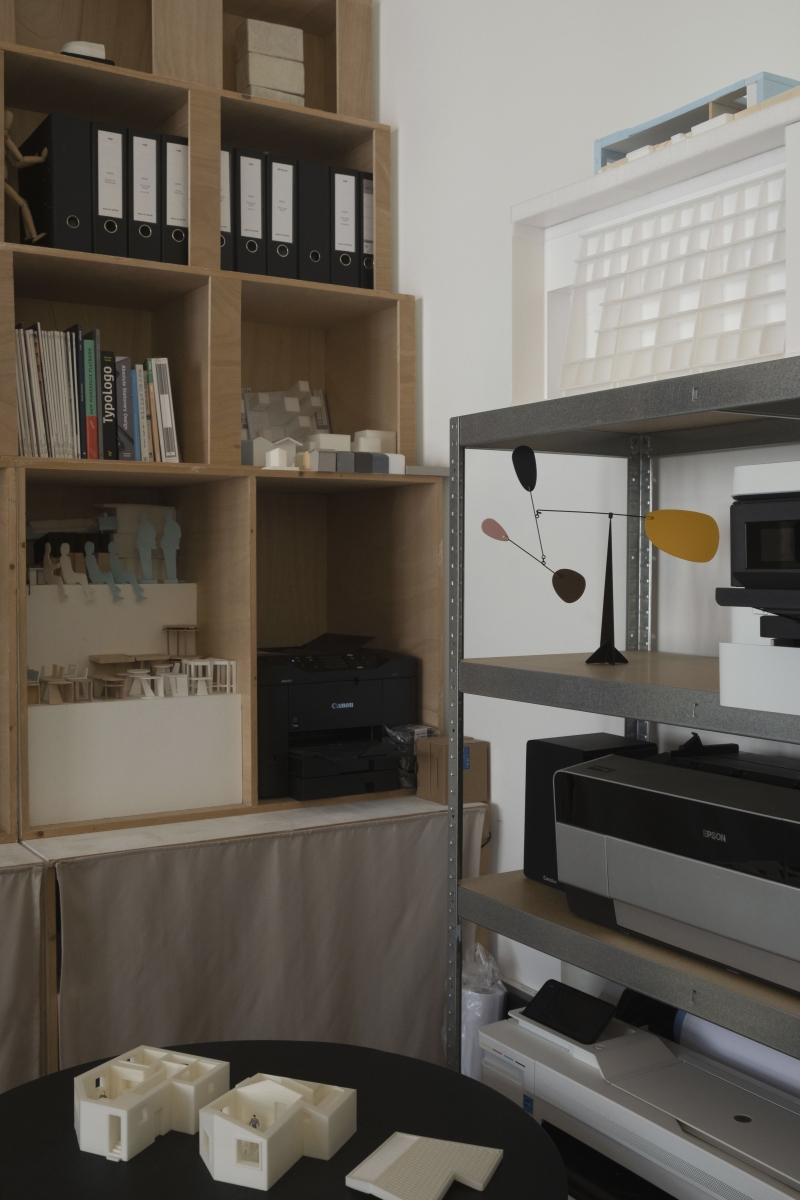SPACE June 2023 (No. 667)
ʻI am an Architectʼ was planned to meet young architects who seek their own architecture in a variety of materials and methods. What do they like, explore, and worry about? SPACE is going to discover individual characteristics of them rather than group them into a single category. The relay interview continues when the architect who participated in the conversation calls another architect in the next turn.
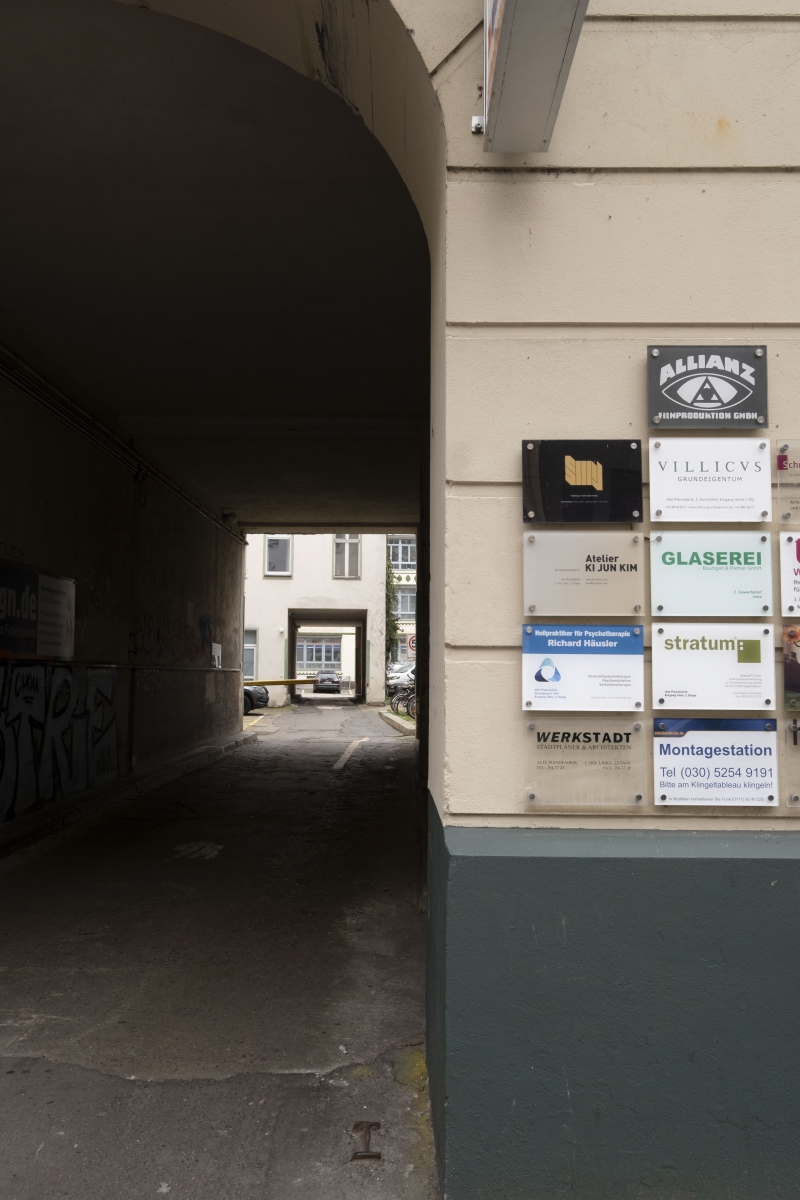
interview Ki Jun Kim principal, Atelier KI JUN KIM × Youn Yaelim
Through the Window
Youn Yaelim (Youn): It’s my first time meeting ʻI am an Architect’ overseas via Zoom. Actually, I thought you might be in Korea after overseeing recent work in Korea.
Ki Jun Kim (Kim): Depending on the projects, I often travel between Germany and Korea. Last year was unusual as I spent a long time in Korea. Since 2016, I have primarily been operating my office based in Berlin.
Youn: It feels like I’m traveling, at least indirectly. Can you show me the surrounding scenery?
Kim: What you see now is the living room. There is only one office space, as I thought it might get in the way of my colleagues. I will show you whatʼs outside, too. It seems that it rained a little this morning. The building across from my house is a kindergarten. I can hear the children going to school every morning.
Youn: It’s late afternoon in Korea right now, but I can feel the morning freshness through my monitor. The exteriors of the surrounding buildings seem unique.
Kim: I live in an apartment built for the International Building Exhibitions (IBA), which Germany has advanced as a means of urban development since the 1950s. Through the fair, architects have created urban landscapes by constructing residential, commercial, and cultural buildings that reflect upon a future age. I live in a model complex developed in the 1990s.
Youn: You live in a historic place. Have you seen Berlin evolve as a city after living there for over 10 years?
Kim: If there are small cities in Japan that age with time, Berlin doesnʼt seem to be one of those cities. Itʼs been 13 years since I first came to Berlin, and I think this city is as young as it was both back then and now. On the other hand, the city has also become much wealthier in terms of capital. I believe that the lack of capital and the uncertain times, when combined with encounters with young artists, contributed to the creation of Berlinʼs unique culture. Nowadays, it seems that a significant portion of that culture has transitioned into the realm of consumerism and gentrification, but still, it is interesting to observe these changes.
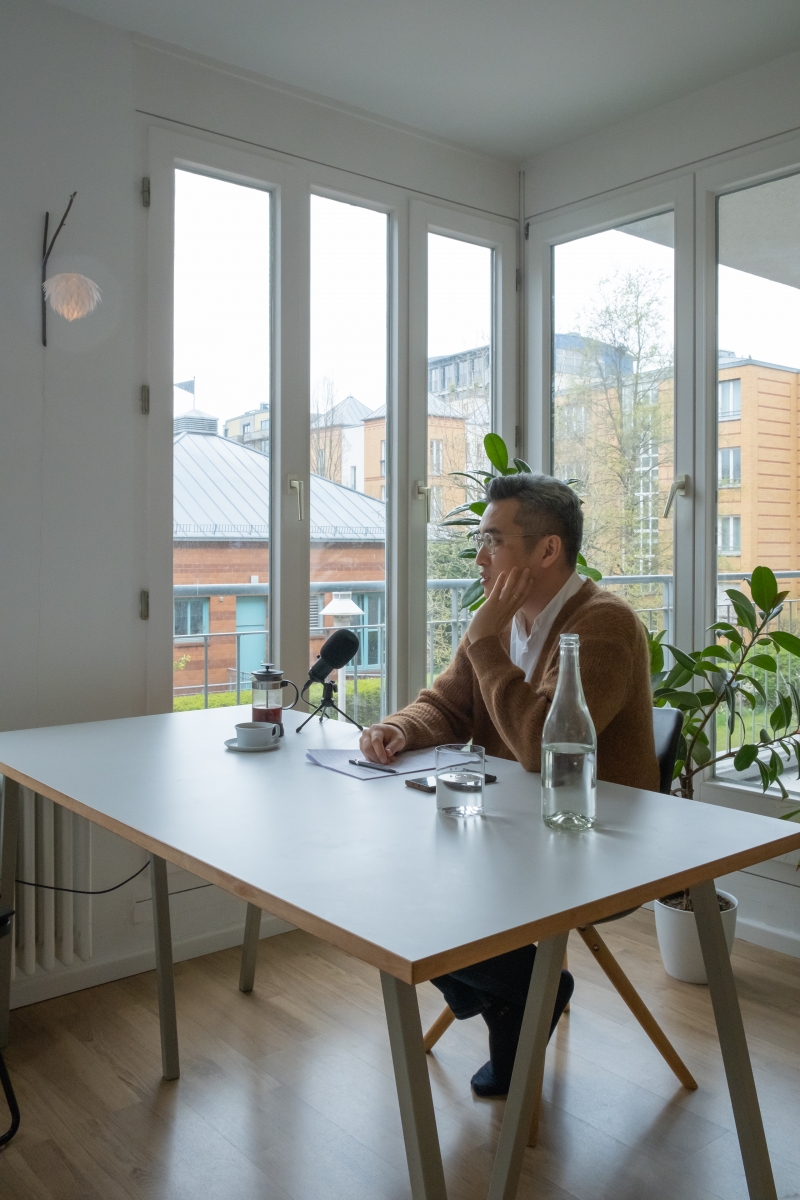
©Changki Kim
Two Hometowns
Youn: After gaining experience in many offices, you settled in Berlin. Opening your own office, even after living abroad for a long time, is a different story in practical terms.
Kim: I saw potential while gaining experience at offices such as Diener & Diener Architekten and Barkow Leibinger. I played a leading role in competitions, and brought about good results. This led me to think that I seemed to have a knack for competitions, and maybe I could start something here! (laugh) Looking back, starting my own office was also influenced by tendencies in Korean
society. For example, the goal of ʻdesigning something with my own name on itʼ. In Germany, even people who are passionate and skilled in architecture donʼt appear to contemplate opening their own offices. The architectural ecosystem in Germany can be challenging for smaller scale ateliers and their potential for growth. However, I wanted to further immerse myself in the architectural environment here and refine my perspective.
Youn: I wonder how you are surviving in this tricky climate.
Kim: Urban planning and design are often already well-established in European cities, so the minimum scale of a project is relatively large. Unlike in Korea, where there are opportunities to design human scale buildings, in Germany there is greater demand for large-scale buildings like collective housing. This imposes high barriers to small ateliers when hoping to win a contract without much experience. Thankfully, after designing the Korean restaurant in Wexstrasse, Berlin, for my first project, I have been able to find further opportunities. On the other hand, as many Korean companies expand into Europe, there have also been opportunities to leverage our strengths. There is a need for architects who are both fluent in German and capable of communicating in Korean.
Youn: The efficacy of communication you mention must be more than just a matter of language. There are subtle cultural differences that you don’t know or understand unless you experience them.
Kim: Yes, for sure. If I hadnʼt gained previous experience, I would have stumbled much longer without understanding the local culture. Formal procedures are important in Germany. Every detail is meticulously negotiated, so the planning process takes a lot of time. Sometimes, even if things start to go wrong due to unforeseen circumstances, problems often arise because of the strong will to continue the project as planned. Korea seems more flexible. Of course, there are inconveniences followed by a certain flexibility. I learned a lot from the construction site during the House by the Wall (2023) project, as I was in charge of the entire process from design to construction for the first time in Korea. There were a lot of things that changed from moment to moment. I had to strike endless ʻdealsʼ with the people on site. Although this process produces better results, I think it runs the risk of the design concept becoming disconnected from reality and also consumes a lot of energy.
Youn: The special offering of Atelier KI JUN KIM is that it can cover two cultures with agility.
Kim: I think of myself as a local architect of both countries, because I understand German culture and practice, and I am also capable of conducting projects in Korea, beyond linguistic or legal aspects.
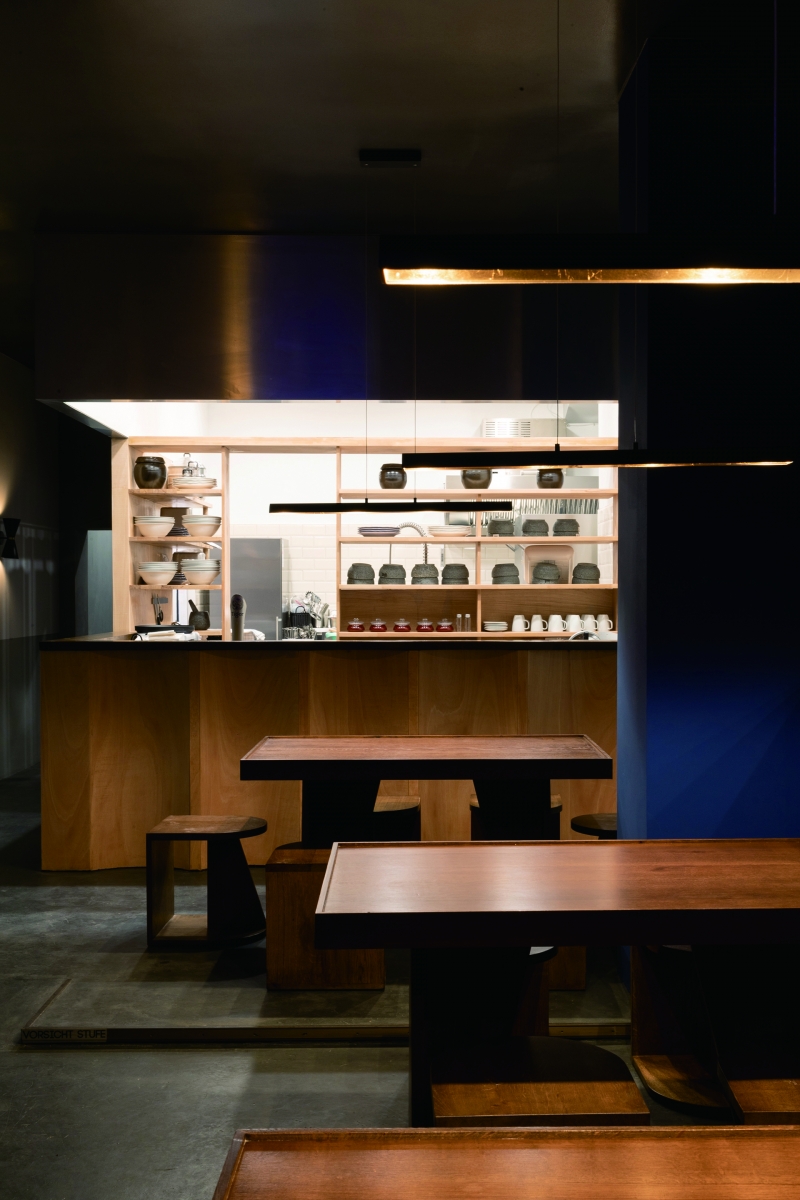
Korean restaurant KOOKS KOCHEN (2018) in Wexstrass / ©Hanju Kim
Reasons for Continuing
Youn: Looking at the design competition projects in which Atelier KI JUN KIM participated, it is surprising to see the extent to which you have achieved consistent results with a small team.
Kim: During the early days when there were no projects, we did up to eight projects a year. The odds of winning a competition were low! (laugh) Now we may not have same level of energy as before, but it seems to be compensated by the accumulated experience that fills the gap. However, I still have a craving for competitions, and I am continuing to pursue them as long as my energy allows. Architecture is not solely a meaningful act in artistic terms. Competitions are the best training to adopt a sharp ability to go beyond the artistic significance.
Youn: Do you have any favourite competition projects?
Kim: The project for the International Garden Festival of Jardin de Métis has been selected for an exhibition. It was a competition to design a garden, and the theme for it was ʻrootʼ. It is said that people settle down like plants do. Canadaʼs history is one of colonisation by Europe, and many immigrants have settled there. It was a project that considered what it takes for non-native plants to take root in native soil.
Youn: At the same time, this is the same as your own story.
Kim: I participated in the competition in collaboration with my wife Jinny Yu, who is a contemporary artist. It was also a contemplation of our identities as individuals. The project communicated themes that were closely intertwined with our lives, so it held significance for us. This is the city where I spent the longest time after my 20s, but I still feel like an outsider. However, sometimes there is a pleasure living as one of an ambiguous status. When fully absorbed into a single culture, people often do not deeply contemplate the things that everyone within it considers absolute. However, as an outsider, it is never absolute to me. It is great to be in a position where I can think in multiple directions.
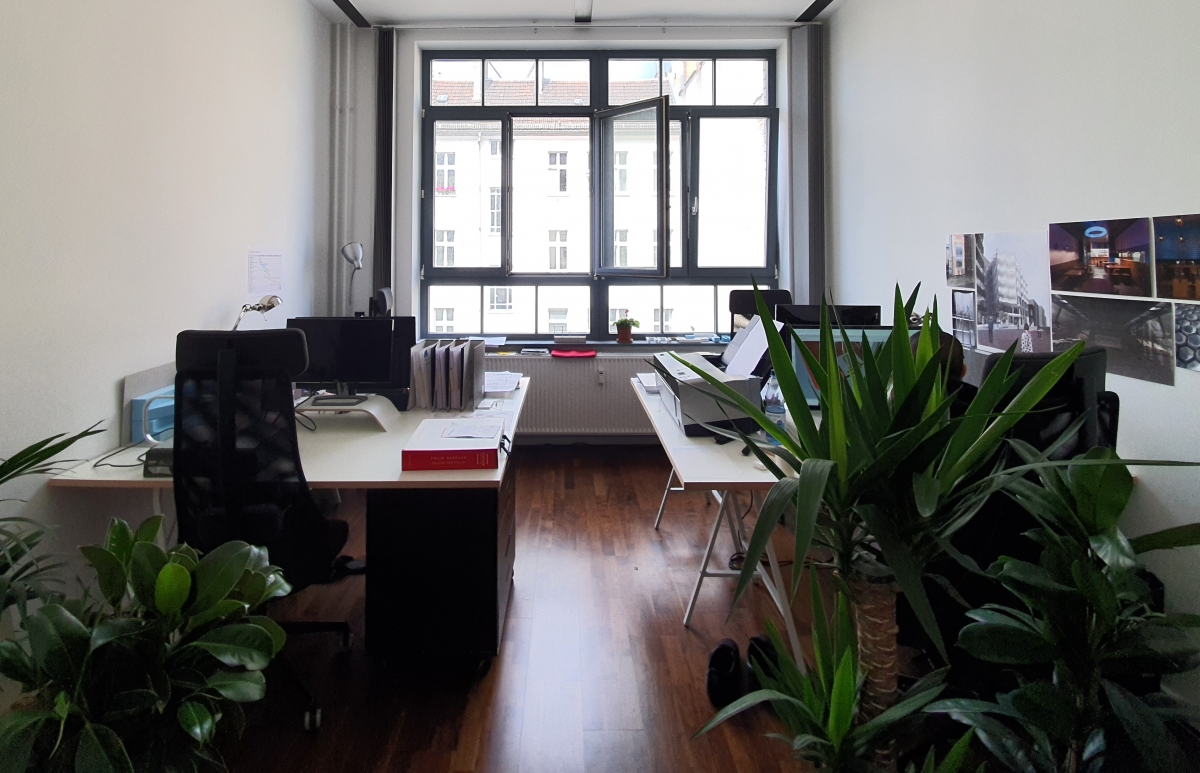
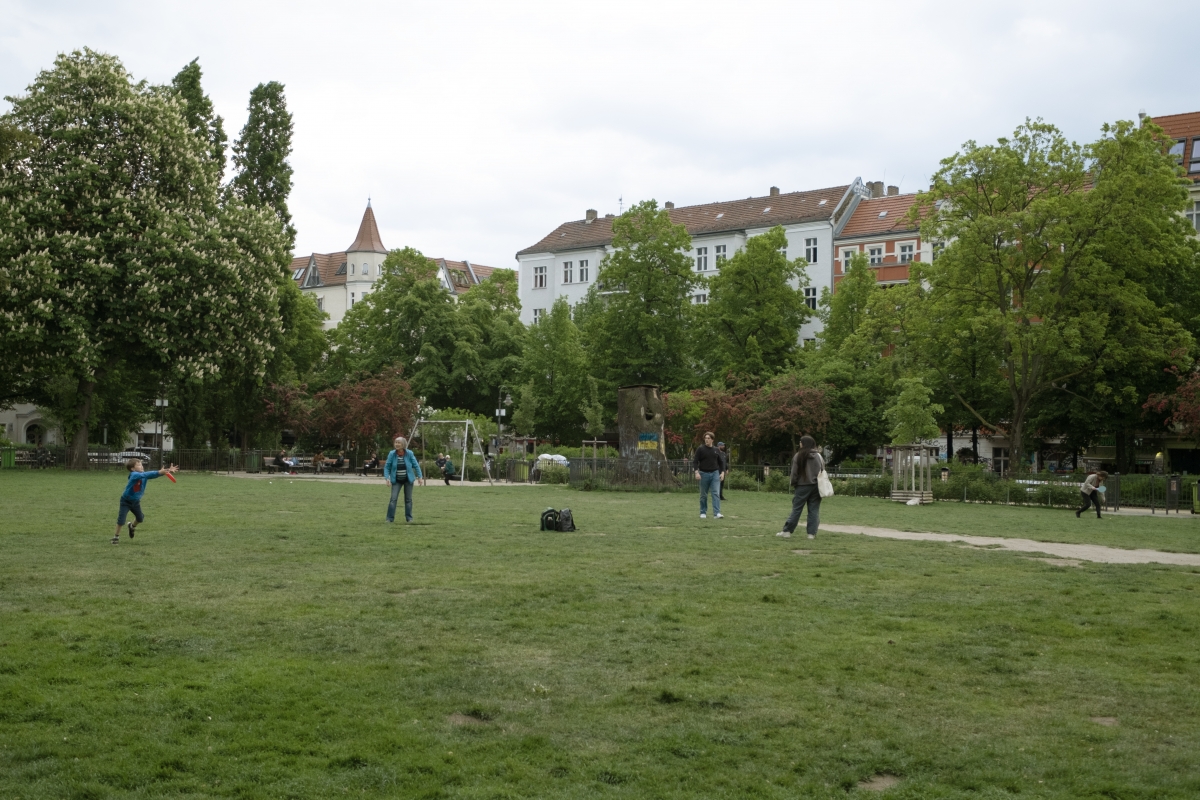
Boxhagener Platz
The Meaning of Staying Well
Youn: The Korean edition of Camillo Sitte’s The Art of Building Cities: City Building According to its Artistic Fundamentals (1889) was published in April (refer to p. 20). I heard you worked on the translation.
Kim: I came across this book when I was living in Berlin, and wondering whether to pay greater attention to city squares, parks, and other public spaces. However, it was written 130 years ago and it was not easy to understand. I translated it word by word whenever I had time, and ended up publishing it.
Youn: Thanks to your academic interest, I have the chance to read it! (laugh)
Kim: Europe in the nineteenth century was similar to Korea. At the time, it must have been judged that Europe was losing its existing city culture, due to the rapid growth of technology. Sitte insists that when creating a city space, it should not end with a design that considers hygiene and technology, but must be balanced with art. Just in time, Korea has also experienced a significant shift in values towards growth-oriented perspectives. So, I thought it would be great to read it together. Personally, it was an opportunity for me to clarify the reasons behind why I thought certain elements were more positive than others in the spaces of cities and their architecture.
Youn: I want to hear about the things you found positive.
Kim: There is a square with a park named Boxhagener Platz located just a 15-minute walk south from where I work. People often come out to sit and have lunch, kids come out to play when the water comes out of the fountain, and there is a market on the weekends. I canʼt say it is a famous spot in Berlin, but I think that the spaces that seem ordinary contribute to the satisfaction of everyday life.
Youn: To talk more about the city, I cannot leave out the exhibition ʻWhere the movement stays’ (2021) held in Seoul and Berlin. It was impressive to see a work that juxtaposed visuals of similar urban spaces in Seoul and Berlin, such as Gwanghwamun and the Brandenburg Gate.
Kim: It is a project that observes the daily lives of residents and the mobility patterns within the urban spaces of Seoul and Berlin. Seoul and Berlin are both highly developed cities in the field of mobility. While Berlin has a sufficient urban space, allowing flexible integration of new transportation modes while maintaining a well-organised transportation system, Seoul, on the other hand, is leading the trend in the field of mobility devices with the development of IT and other advanced systems. Because the two cities have certain aspects in common, the differences between them are perceived even more strongly.
Youn: From the explanation of the exhibition, I remember the phrase ʻmove to stay well.’ It reminded me of you staying while moving between different times and environments.
Kim: To stay comfortably somewhere paradoxically is a state in which there are many possibilities to move freely to another place. It is the same reason why we seek efficiency. Itʼs about making efforts to increase efficiently and making space for something else to meet and chat with friends, spend time with family, which are meaningless in terms of efficiency. In other words, arenʼt the
things we strive towards in the end, based on a desire to stay in one place for a long time?
Ki Jun Kim, our interviewee, wants to be shared some stories from Seo Jamin (principal, AGIT STUDIO) in July 2023 issue.
